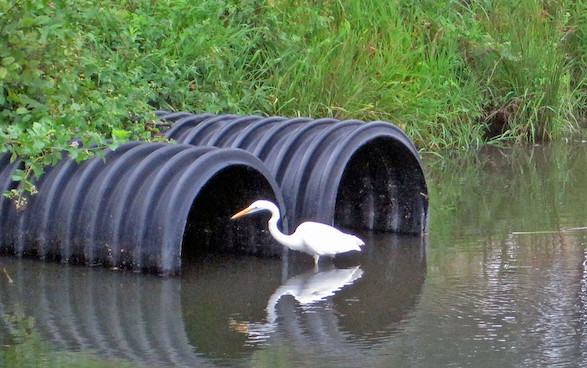Designing the TMDL

The TMDL is designed to ensure that all pollution control measures needed to fully restore the Bay and its tidal rivers are in place by 2025, with practices in place by 2017 to meet 60 percent of the overall nitrogen, phosphorus and sediment reductions. Part of the TMDL consists of Watershed Implementation Plans (WIPs) which is one of the steps to reducing the amount of pollutants entering the Chesapeake Bay. WIPs propose how allowable nitrogen, phosphorus, and sediment loads should be distributed among sources and describe the management steps necessary to meet water quality standards. By 2017, the state of Maryland plans to have water quality standards improved as compared to 2009 levels. By 2025, the state is expected to have the final target achieved and will have all practices and controls installed to achieve the Bay's dissolved oxygen, water clarity, and chlorophyll a standards.
Watershed Implementation Plans
The next steps of the TMDL include the 3 phases of the Watershed Implementation Plans (WIPS), with 2 year milestones being submitted for review. WIPS propose how allowable nitrogen, phosphorus, and sediment loads should be distributed among sources like agriculture and industry. Each describes the management steps necessary to meet water quality standards of the TMDL. In Maryland, a plan was set forth in Phase I to reduce nutrient and sediment pollution by upgrading wastewater treatment plants, retrofitting septic or stormwater management systems, installing living shorelines and planting cover crops. In 2013 the state achieved its milestone targets, finishing more than 3.5 million pounds ahead of schedule for nitrogen reductions, nearly 147,000 pounds ahead of schedule for phosphorus reductions, and nearly 90 million pounds ahead of schedule for sediment. By the end 2015, Maryland's milestone wasterwater strategy and best management practice (BMP) commitments for other source sectors would reduce nitrogen by more than 5.1 million pounds, phosphorus by nearly 240,000 pounds and decrease sediment by more than 154 million pounds.
